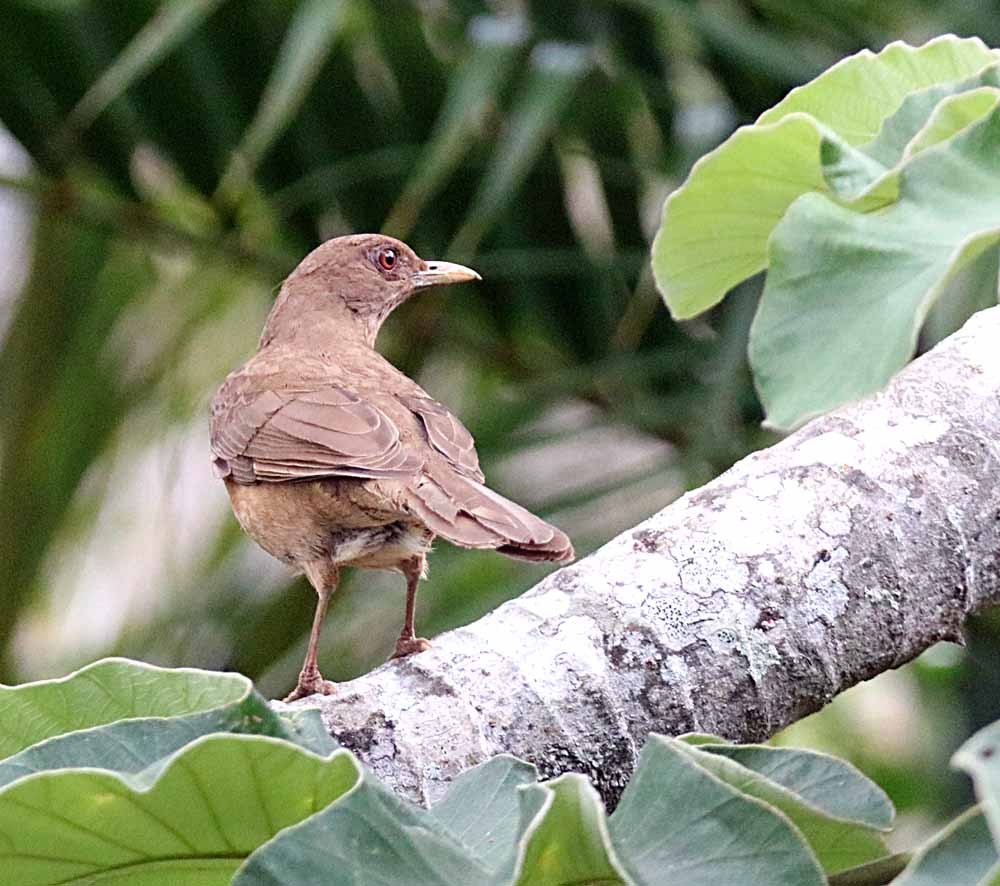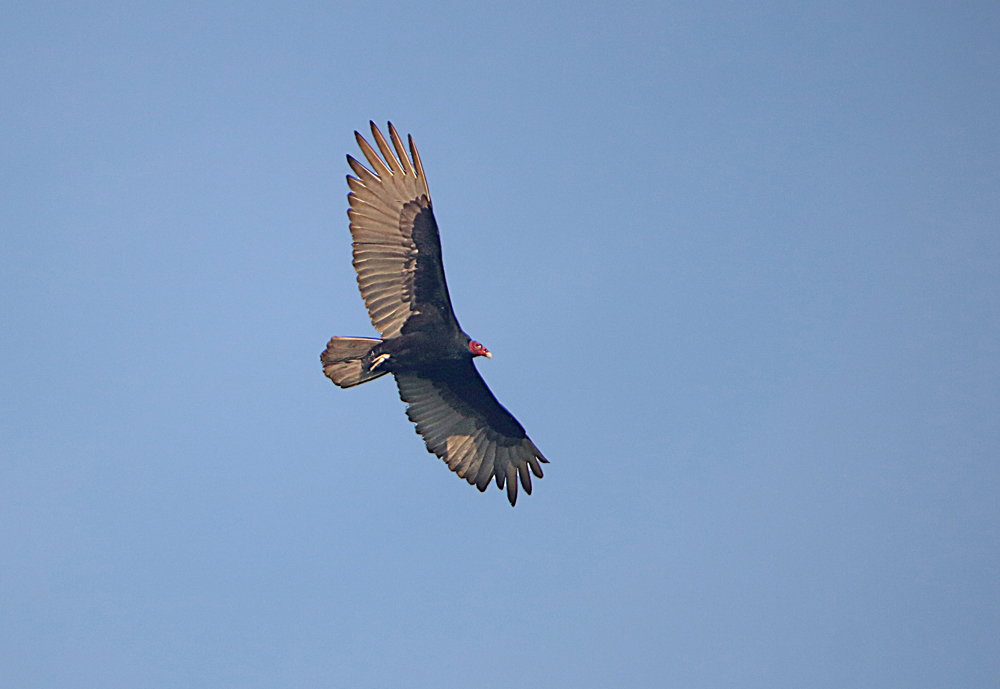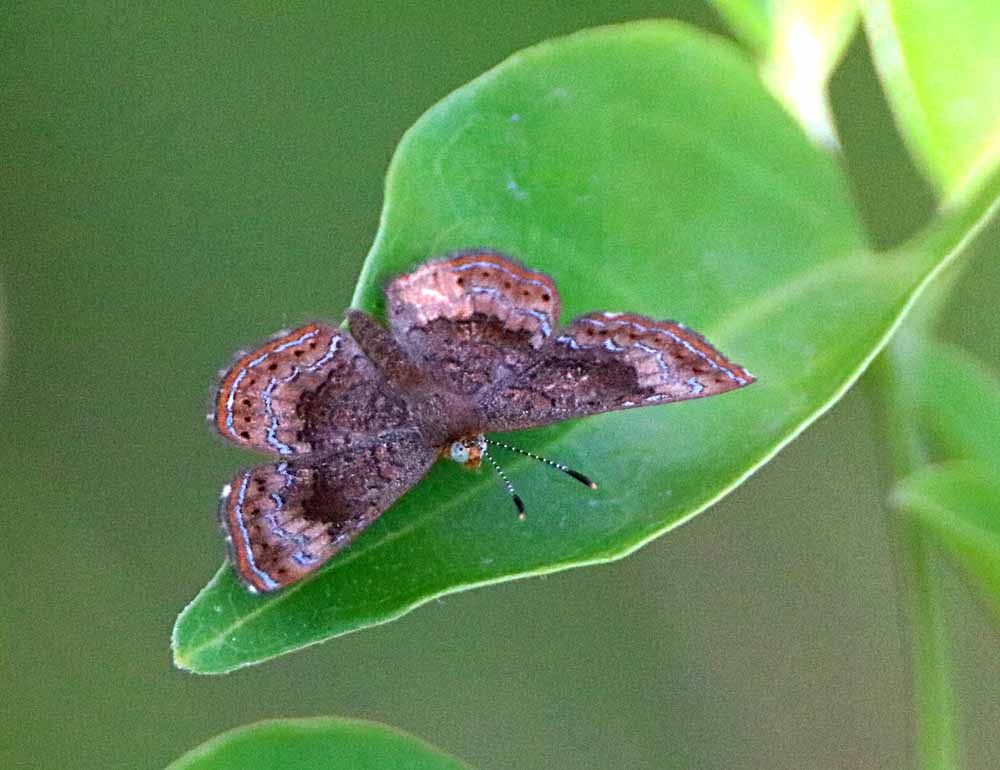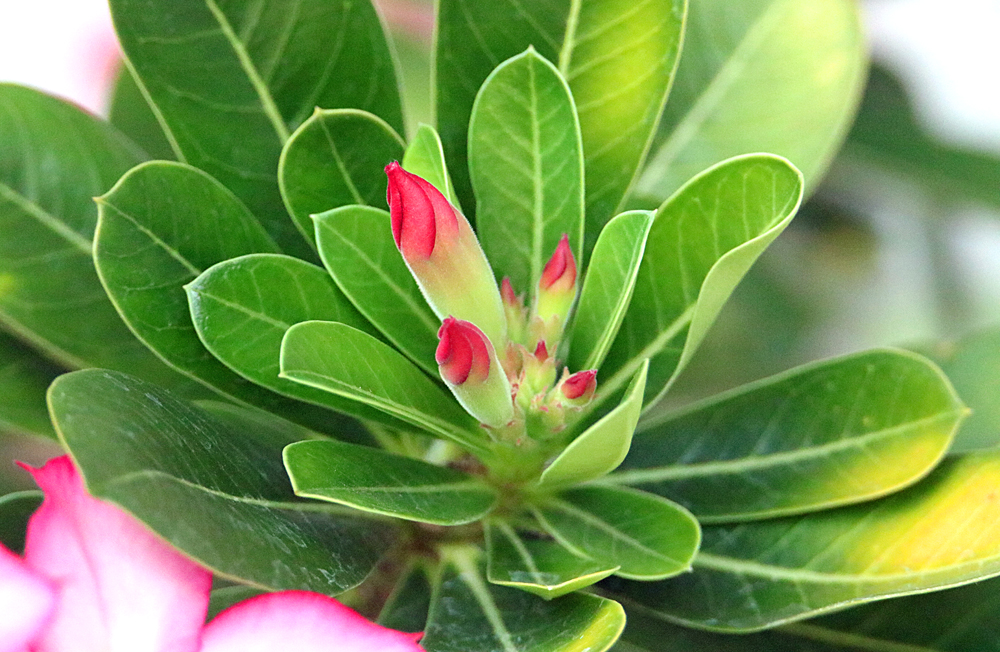This Clay-colored Thrush, Turdus grayi (my gallery link) is the National Bird of Costa Rica and widely believed since pre-Columbian days to be the bird who sings in the rains in April & May. One neighbor says they are already singing in his yard, though I haven’t heard them in mine yet. Yesterday morning it was the White-winged Dove out-singing all of the other birds in my garden. 🙂 And I have no idea what that means! 🙂
And interestingly, at night I’ve had both the Common Pauraque and the Tropical Screech Owl singing me to sleep! (Merlin sound ID) 🙂 But no photos of either in my trees at night. The linked photo of a Pauraque was at Maquenque Ecolodge where I’ve seen more species than any other place, and it was a daytime shot! 🙂 Here’s four shots of the Yigüirro in my garden the other day . . .
















